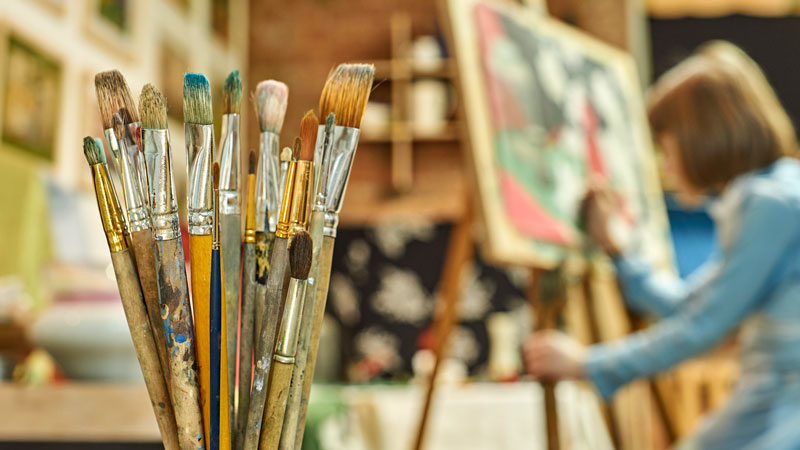
The reality is that drawing and painting go “hand in hand”. Learning how to draw is a stepping stone to learning how to paint. Concepts learned from drawing carry over into painting, and understanding painting concepts actually improves your drawing. While the mediums used are different, and carry their own set of possibilities and limitations, the thought process of the artist remains very similar in both disciplines.
Learning How to Draw
Drawing is, by definition, marking dry marks on a surface. But there is clearly much more to it than that. When you learn how to draw, you are training your brain to see the world how your eyes see it – instead of how your brain interprets it.
We see the world as a collection of lines, shapes, values, forms, colors, and textures. It is our eyes that see the world in its true nature. It is only when our brain steps in and tells us what we are seeing, that the information that we take in from eyes makes sense. When we draw, we train our brains to see what our eyes are seeing – blocking our minds from telling us what we are drawing.
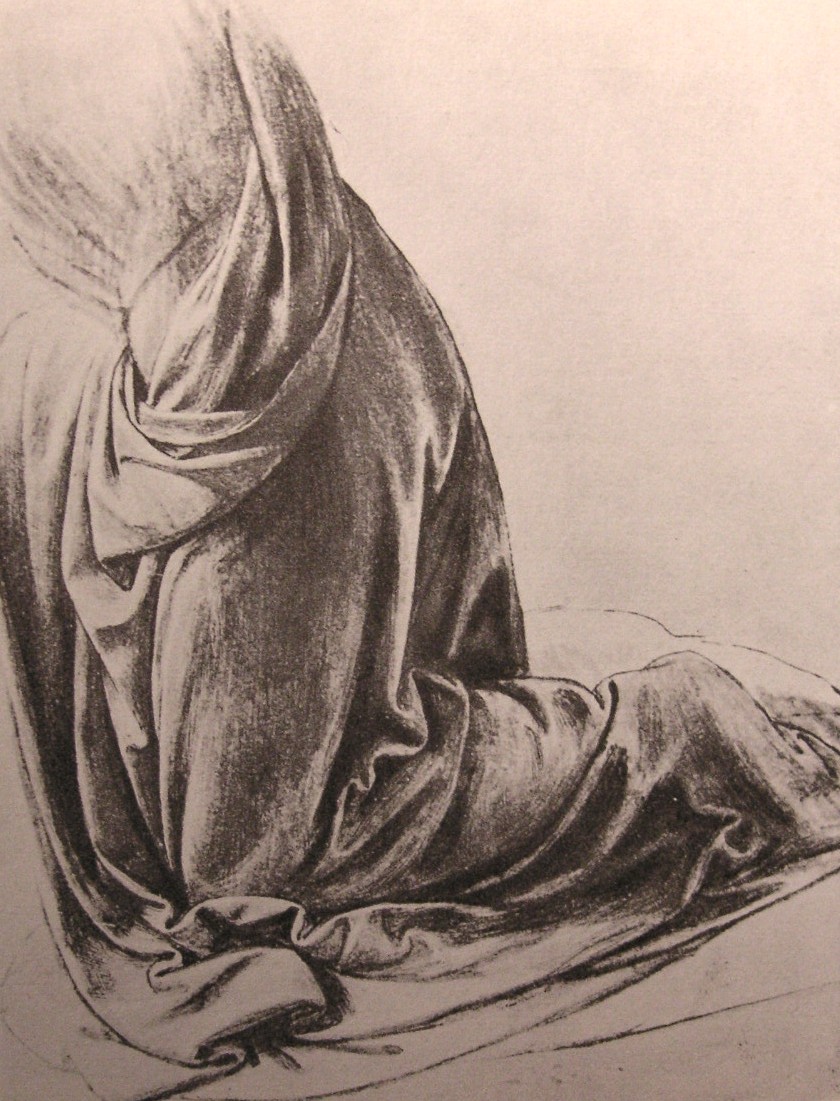
The marks that are made on a flat surface are placed there to create an illusion that actually tricks the minds of our viewers. So, it is crucially important that we understand how to create these illusions. And in order to understand how these marks are to be interpreted, we must have a firm understanding of how we see. We learn “how to see” when we learn how to draw.
The Relationship of Drawing to Painting
Clearly, the same goal exists in painting. When painting, we are also creating an illusion. One that tricks the viewer’s mind into understanding the scene to be an object, a landscape, or a portrait. It is still the lines, shapes, values, forms, colors, and textures that lead to this illusion. The only difference is that they are applied differently, through a wet medium and typically with a brush.
The processes of any medium vary depending on its characteristics. Colored pencils are applied in a different manner from charcoal, but both are considered drawing. Oil paints are applied differently from watercolors, but both are considered painting.
And while the processes vary, the thought process of the artist remains the same. It is still centered around creating an illusion based on the observed lines, shapes, values, forms, colors, and textures of the observed subject.
This is why line, shape, value, form, color, and texture are all considered elements of art.
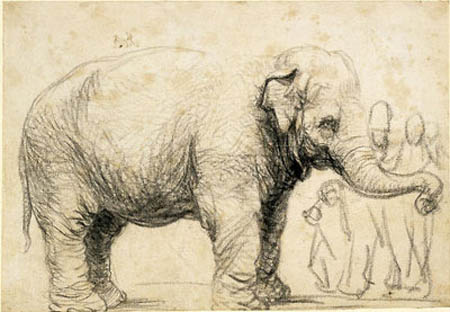
Why You Should Start with Drawing
Drawing, in most cases, is more immediate than painting. The artist can make marks quickly and evaluate the results of their efforts in a shorter amount of time. In painting, often the process is slower, so feedback is also slower. For this reason, it is best to start with drawing and progress to painting after a firm understanding of how to create these illusions has been developed.
If the learner starts with painting, they are more likely to experience frustration, simply because the process and resulting feedback is slower. The processes involved with painting are also more complex, adding another level of difficulty. But if the learner has already established a strong understanding of exploiting the elements by developing skill in drawing, they are more likely to adapt to learning the processes of painting. Their mind is already trained “to see” so they can concentrate on learning the medium instead of learning both concepts at the same time.
Drawing is fundamental – it is the starting point. It doesn’t matter what direction you want to take your art, it needs to start with drawing. Printmaking, painting, Architecture, and even sculpture are all based on the concepts of what we learn when we draw.
This is the reason that all creditable higher learning programs start their students with drawing. They understand that painting is best mastered after the concepts of drawing have been understood. Painting doesn’t require a mastery of drawing, but it does require a “healthy” exposure to it.
If so, join over 36,000 others that receive our newsletter with new drawing and painting lessons. Plus, check out three of our course videos and ebooks for free.
Lesson Discussion
Comments are closed.



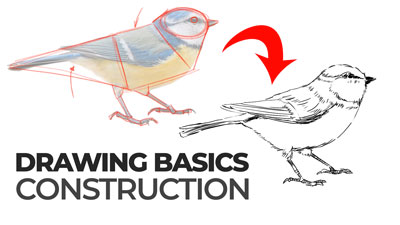
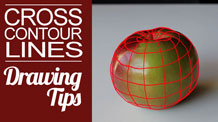
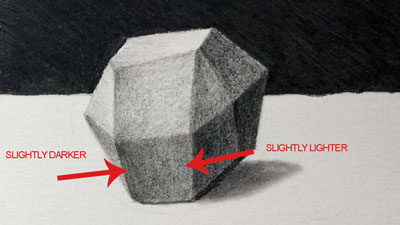
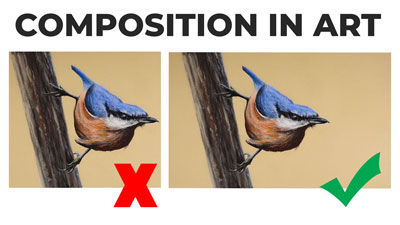
I feel like this article was meant for me! Lol. One of my weakness’s (will eventually be a strength though!) right now is that I want to try every media possible. From charcoal to gouache to white pastel on black paper to spray painting ect… I can never seem to just stick to one media. Lately I have been really trying to improve and understand graphite drawing more which in turn will help all of my art! I know with drawing practice I can choose any media and be successful with it. You nailed this one on the head Matt! Thanks.